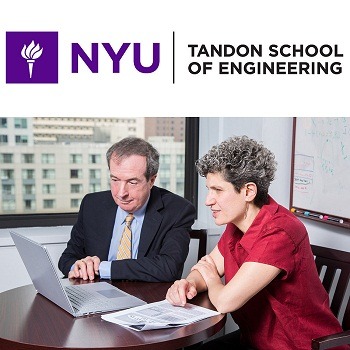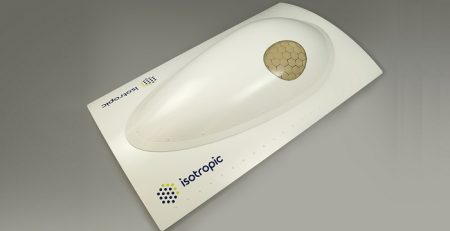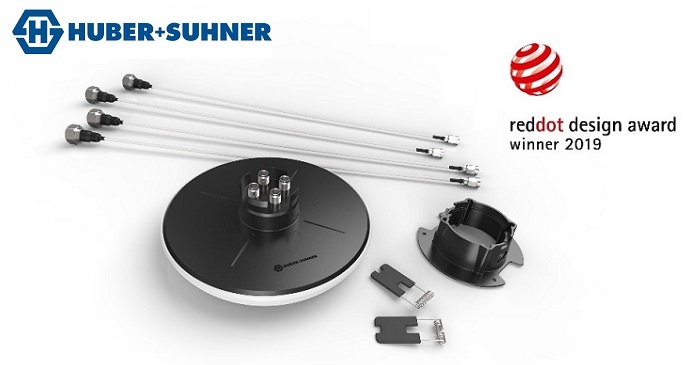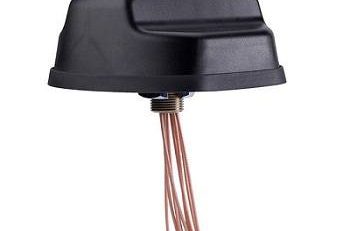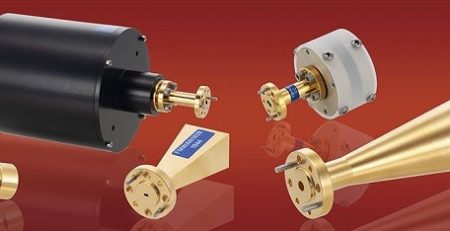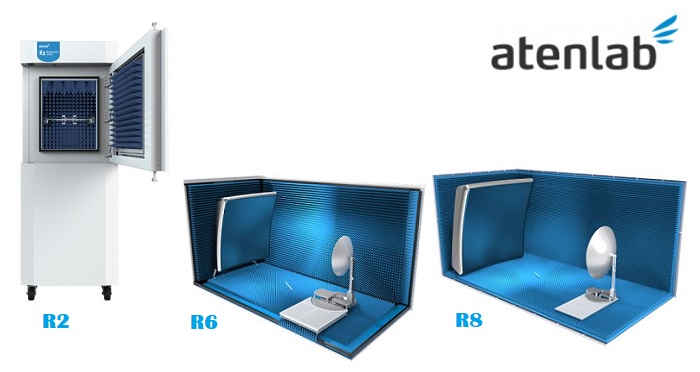IEEE Honors NYU Researchers for their Work on Massive MIMO & Energy Harvesting
The IEEE Communications Society honored papers written by two research pioneers at New York University. Thomas L. Marzetta, the creator of Massive MIMO antenna technology, won the Fred W. Ellersick Prize and Elza Erkip received the Best Tutorial Paper Award for addressing energy harvesting through wireless communications. Both are faculty at the NYU WIRELESS research center and NYU Tandon School of Engineering’s Department of Electrical and Computer Engineering.
Two New York University Tandon School of Engineering faculty members won multi-year 2019 best paper awards from the Institute of Electrical and Electronics Engineers Communications Society (IEEE ComSoc) — a prestigious and unusual double accolade for faculty members from the same university.
Thomas L. Marzetta, widely credited as the originator of Massive MIMO antenna technology, is the winner of the 2019 Fred W. Ellersick Prize, which recognizes one outstanding paper published in an IEEE ComSoc magazine over a three-year period, and communications and networking pioneer Elza Erkip received the 2019 Best Tutorial Paper Award, which honors an exceptional tutorial published by IEEE ComSoc in the previous five years.
Erkip is a founding member of the pioneering interdisciplinary research center NYU WIRELESS, and Marzetta is an associate director. NYU WIRELESS develops future-generation wireless protocols and technologies for 5G and 6G networks and beyond, as well as terahertz and millimeter-wave communications. Both also hold appointments in NYU Tandon’s Department of Electrical and Computer Engineering – Marzetta is a distinguished industry professor and Erkip is an institute professor.
They are widely recognized researchers whose contributions are transforming the fast-changing field of wireless communications. Both pursue research with a long-term point of view, aiming to elucidate what is fundamentally possible rather than what is merely practical within the framework of today’s technology. Erkip’s research uses tools from information theory, communication theory, and applied probability and statistics to understand the theoretical foundations of wireless networks and social networks. Marzetta looks for breakthroughs in the wireless physical layer through the unification of electromagnetic theory and communication theory.
In his prize-winning paper “Massive MIMO: Ten Myths and One Critical Question,” Marzetta and co-authors tackle some of the most common misconceptions about MIMO (multi-input, multi-output) and explore key issues that may impact widespread adoption of this technology. This is Marzetta’s second paper to win the Fred W. Ellersick prize.
Erkip’s IEEE ComSoc award-winning paper addresses the potential of energy harvesting for wireless communications — the process of capturing and storing ambient energy from solar, wind, water, or other external sources to power electrical devices. “Energy Harvesting Wireless Communications: A Review of Recent Advances” details recent advances in the area of communication systems powered by energy harvesting, and it reviews various models for designing wireless networks composed of energy harvesting nodes, including self-sustaining wireless networks.
Marzetta, who spent two decades at Bell Labs before joining NYU Tandon in 2017, is best known for originating Massive MIMO, a system that utilizes numerous arrays of small, individually controlled, low-power antennas to direct streams of information to many users simultaneously with far greater spectral efficiency than current cellular networks. MIMO is considered an essential technology for future wireless networks, as researchers and mobile communications providers work to keep pace with the growing global demand for bandwidth.
Erkip has garnered multiple IEEE ComSoc honors, including the Stephen O. Rice Paper Prize (2004), the Award for Advances in Communication (2013), the Women in Communications Engineering Award (2016), and the Communication Theory Technical Committee 2018 Technical Achievement Award. A former president of the IEEE Information Theory Society, she is an oft-cited expert in the fields of wireless networking, communication theory, and information theory.
In the early years of her nearly 20-year tenure at NYU Tandon, she conducted research that would become the foundation for cooperative wireless networking, which aims to mitigate interference and bolster unreliable links between mobile devices and wireless base stations by allowing devices to assist each other in information transmission. This seminal work has impacted industry standardization and inspired new wireless devices.
The IEEE Communications Society honored papers written by two research pioneers at New York University. Thomas L. Marzetta, the creator of Massive MIMO antenna technology, won the Fred W. Ellersick Prize and
Elza Erkip
received the Best Tutorial Paper Award for addressing energy harvesting through wireless communications. Both are faculty at the
NYU WIRELESS
research center and NYU Tandon School of Engineering’s Department of Electrical and Computer Engineering.

